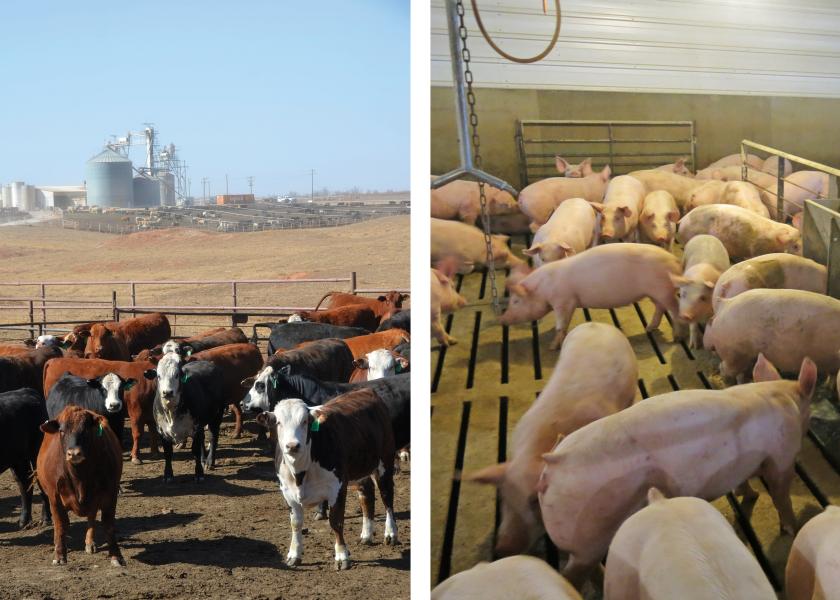Cattle & Hog By-Product Values Highest in Six Years

Steer, cow and hog by-product values have each reached their highest level in nearly six years. Year-to-date steer hide and offal value has increased $6.01 per cwt. (65.8%) to $15.14 last week.
That value is nearly double what it was a year ago, and 43.5% higher than the five-year average, according to the Livestock Marketing Information Center (LMIC), Denver. The last time the steer hide and offal values reached a higher level was during 2014 and into January 2015. Steer, cow and hog by-product values are reported by USDA in the Weekly National Carlot Meat Report.
Since the beginning of this year the strength in the steer hide and offal value has been supported by cheek meat which has gained about $60 per cwt. (29.5%) and tripe (scalded, edible) has risen $66 (74.2%), according to LMIC. Edible tallow has nearly doubled reaching $72.75 per cwt., while tongues have more than doubled to $900 per cwt.
Steer hide values are the highest in three years. Heavy native hide prices have increased 45.6% to $71.19 per cwt., and butt branded hides are up 50.6% to $71.81 per cwt.
Cow by-product value was $15.83 last week, off slightly from the previous week, but more than double the price recorded last year. Since Jan. 1, cow by-product value has increased $5.32 per cwt. (50.6%) and reached its highest level since October 2014.
Hog by-product values last week were $5.59, the highest price this year and highest since December 2014. Since last year, hog by-product values are up 47.9%.







